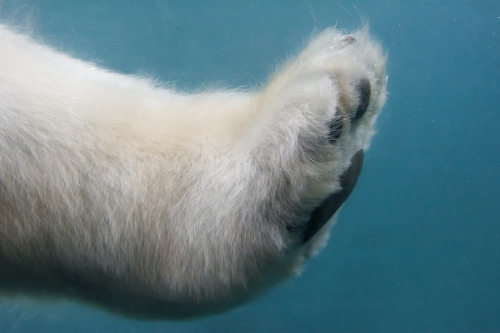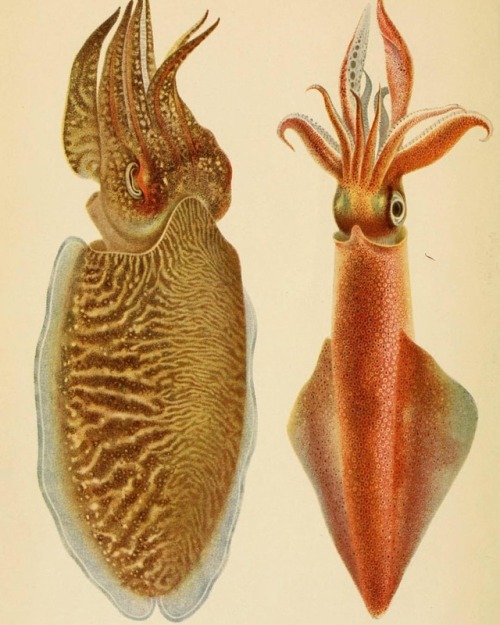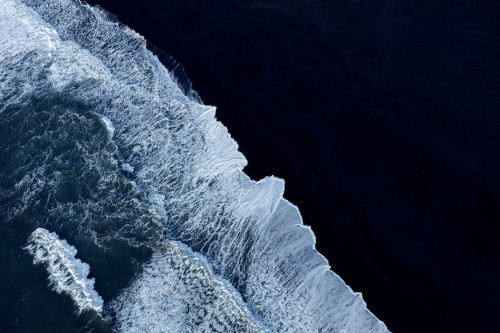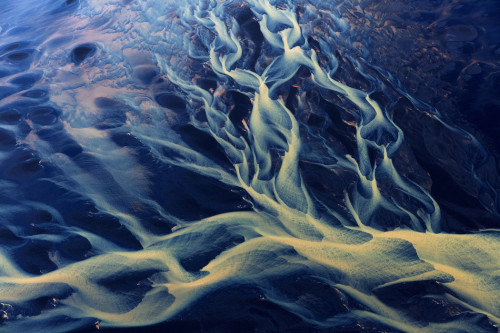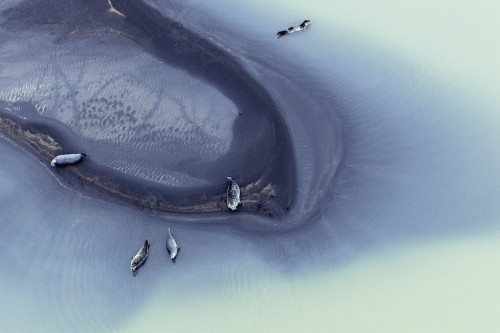#oceans
This is Where the International Space Station Will Go to Die
The cold void of the ocean floor is the closest thing Earthlings can come to the conditions of space. Nothing really lives there, and nothing ever visits. It’s freezing, dark and empty. However, off the coast of New Zealand, the Pacific Ocean is home to what may be the most exclusive scientific burial ground in the world: the so-called Spacecraft Cemetery has become the final resting place for hundreds of manmade space objects. Read more.
Ohhh so the Southern Pacific Ocean is the midden of countries as US, Russian, Japan and UE?
Let me tell you that the deep sea is the habitat of many unknown yet species. Is not a desert place, in fact is full of life, with rich biodiversity still waiting for being discovered!
A better idea, why these countries, who are in the Northern Hemisphere put their trash in their oceans? or better, why they don’t take responsibility of their spacecraft trash”? Like in the Mediterranean, who is full of marine trash?
Post link
Polar bears have built-in socks. Stiff fur on the sole of each foot keeps the polar bear from slipping on ice, and also muffles the sound of the bear’s approach when sneaking up on a meal. (photos: Helene Hoffman)
Post link
Bowhead whales are known to be the longest-living mammals, living for over 200 years. In May 2007, a 15 m (49 ft) specimen caught off the Alaskan coast was discovered with the head of an explosive harpoon embedded deep under its neck blubber. The 3.5-inch (89 mm) arrow-shaped projectile was manufactured in New Bedford, Massachusetts, a major whaling center, around 1890, suggesting the animal may have survived a similar hunt more than a century ago.
Post link
Who’s to blame for the neurotoxin poisoning the Pacific? | Verge Science
The crabbing industry in California is under siege: from toxic algae, climate change, and, some argue, Big Oil. We spent a day on a fishing boat to find out what’s really threatening commercial crabbing, and what can be done about it.
For more follow | 4 your brain |
Don´t forget to activatenotifications(click here to see how) !
Common cuttlefish (Sepia officinalis) and European squid (Loligo vulgaris) for #CephalopodAwarenessDays! #Cuttlefish have excellent camouflage. They can change their coloring rapidly to match their environment. European #Squid live from sea level to depths of 500 m. They migrate to inshore waters to spawn, where females can lay up to 20,000 eggs. #SciArt from Tintenfische; mit besonderer Berücksichtigung von Sepia und Octopus (1913) by Werner Meyer. Contributed for digitization by Smithsonian Libraries (@silibraries) to #BiodiversityHeritageLibrary. https://www.biodiversitylibrary.org/page/12668599
_________________________________________________
#Cephalopods #MarineLife #Oceans #Seas #BHLib #Biodiversity #NaturalHistory #NatHist #ScientificIllustration #ScientificArt #OpenAccess #Libraries #Archives #SpecialCollections #LibrariesofInstagram #IGLibraries #IG_Libraries #SmithsonianLibraries
Post link




